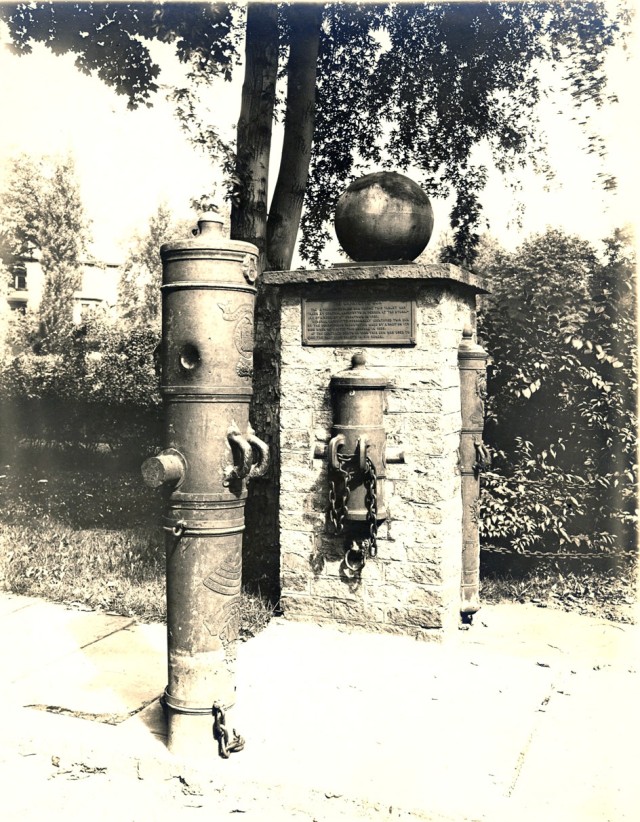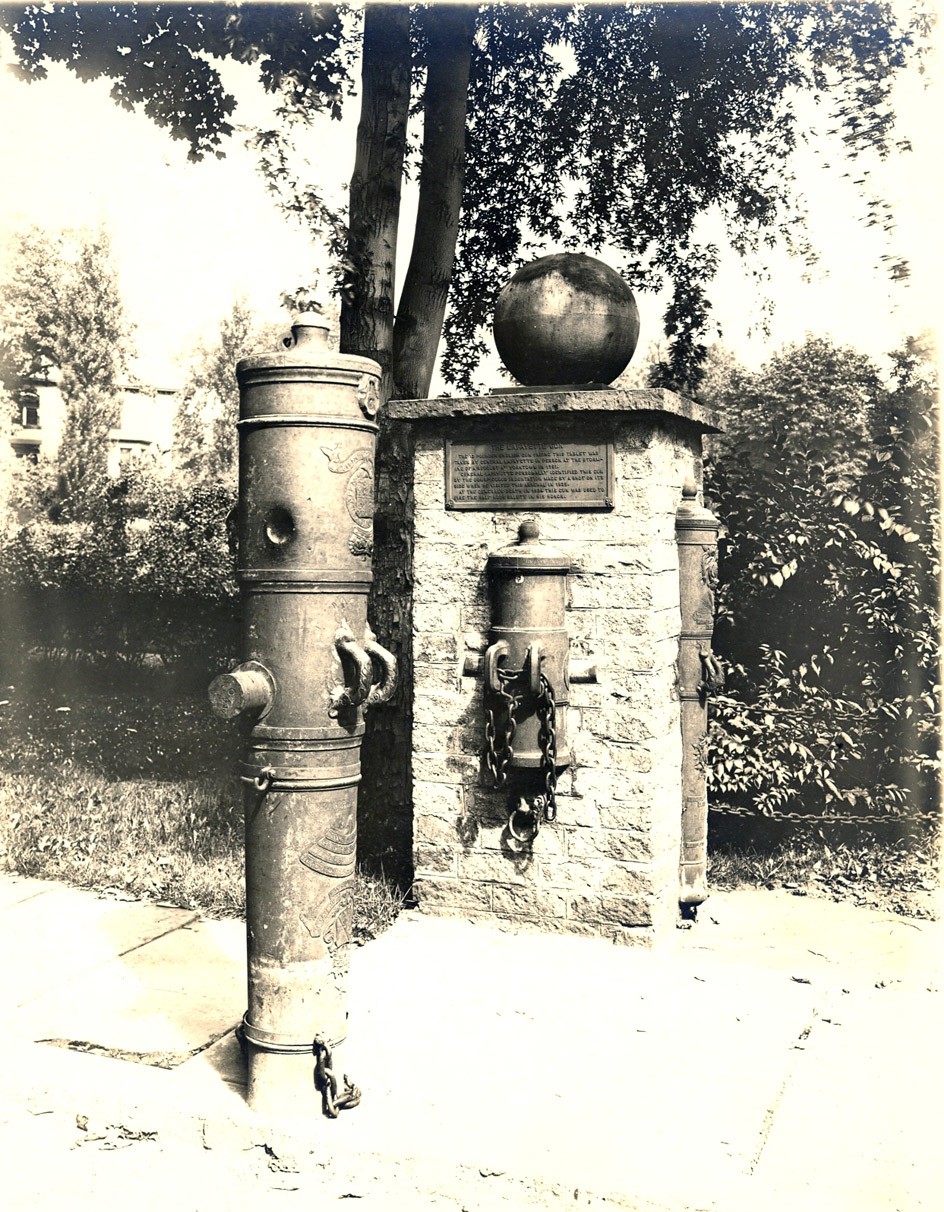WATERVLIET ARSENAL, N.Y. -- On Oct. 14, 1781, two British earthen forts prevented Gen. George Washington from completing his second siege at Yorktown, Va. Redoubts 9 and 10 would have to be taken by an infantry charge. So as darkness began to blanket the field, a bold attack was being readied in the Allied Army lines.
The French left wing of the army under Baron Viomenil would assault Redoubt 9 with 400 men led by Count Deux Ponts. The American right wing under 24-year old Frenchman Maj. Gen. Marquis de Lafayette would attack Redoubt 10 with 400 men led by Lt. Col. Alexander Hamilton.
Upon receiving the signal of six guns fired in rapid succession, the Allied Army advanced with unloaded muskets towards the unsuspecting British in their earthworks. Hamilton's men swarmed around Redoubt 10 while miner's and sappers cleared away the abatis and fraises impeding their progress. Quickly gaining the rear entrance of the 70-man fortification, the Americans surged into the redoubt and captured it within 10 minutes. Viomenil's French column was not far behind and after an additional 20 minutes, filled with brutal hand-to-hand combat, they gained possession of their objective. Washington was overjoyed and could now finish his second siege parallel that would be within 400 yards of the British inner defense line. The close range artillery barrage that was to follow spelled the eventual disaster for Lord Cornwallis' Army.
Among the captured British equipment in Redoubt 10 was a 12-pounder cannon which had been previously disabled. Ripped from its carriage, it bore a large indentation on its right side where it had been hit by French enfilading fire. Taking possession of the damaged gun, Lafayette had it inscribed "Surrendered at the Capitulation of Yorktown October 19, 1781" and turned the weapon over to the American Chief of Artillery Gen. Henry Knox for use against its previous owners.
The siege of Yorktown would prove to be the final battle of the Revolutionary War. Britain's citizens had grown weary of the war and its great expense. The Treaty of Paris officially brought the war to a close on Sept. 3, 1783, but the "Lafayette Gun's" service to its new nation was far from over. The venerable old 12-pounder was likely used against British troops during the War of 1812. When the Treaty of Ghent was signed Dec. 24, 1814, assuring the United States yet another victory over England, the "Lafayette Gun" was sent to Watervliet Arsenal for storage.
In August 1824, President James Monroe invited the Marquis de Lafayette to visit the United States as its honored guest while it celebrated its 50th anniversary. Over the course of the next 13 months, the aging general visited each of the 24 states and was greeted by admiring crowds at every stop. One of those stops was Watervliet Arsenal.
Lafayette arrived by packet boat on Sept. 18, 1824, at a side-cut of the Erie Canal. He had become familiar with the area many years before while making his way to Gen. Philipp Schuyler's headquarters during the Revolutionary War. As temporary arsenal Commander Lt. Thomas J. Baird gave him a personal tour, Lafayette was struck by a vision from his past. As he stared in disbelief at a British 12-pounder cannon with a large indentation on its right side, memories flooded back to the old general. With moistened eyes, he embraced the gun and pronounced that this was an old friend.
On the occasion of Lafayette's death a decade later on May 20, 1834, President Andrew Jackson ordered that the Marquis be given the same funeral honors that had been given to General Washington. Twenty-four gun salutes representing each state in the Union were fired from every military post in the nation. At Watervliet Arsenal, the twenty-fourth and final salute was fired from the general's old friend the "Lafayette Gun."
As years passed, the meaning and significance of the British 12-pounder seems to have been forgotten. The "Lafayette Gun" was removed from its carriage and cemented vertically into the sidewalk at the corner of the arsenal's Dalliba and Farley Streets. The historic gun was now used as a gate post securing a chain that stretched across the roadway to a sister British 12-pounder captured at Fort George, Ontario in 1813.
Lafayette's "old Friend" suffered this indignity until 1938 when the Yorktown National Monument began seeking all of the original guns that were used during the climactic 1781 siege. In response, the second session of the United States 71st Congress enacted a bill that "authorized the transfer of certain guns of the Revolutionary War period from the War Department and the Navy Department to the Department of the Interior."
On February 25th of that year, workmen carefully removed the concrete from around the muzzle of the 12-pounder and extricated it from its long-time position in the arsenal sidewalk. Shipped to Yorktown, Va., the "Lafayette Gun" was conserved by the National Park Service curatorial staff and placed upon a reproduction carriage. Today it sits in proud dignity as the show piece of the visitor center at Yorktown National Battlefield where it was captured 229 years before. Lafayette's "old friend" has come full circle and the Marquis would be proud to know that it carries his name in tribute to his selfless service to his adopted nation.




Social Sharing